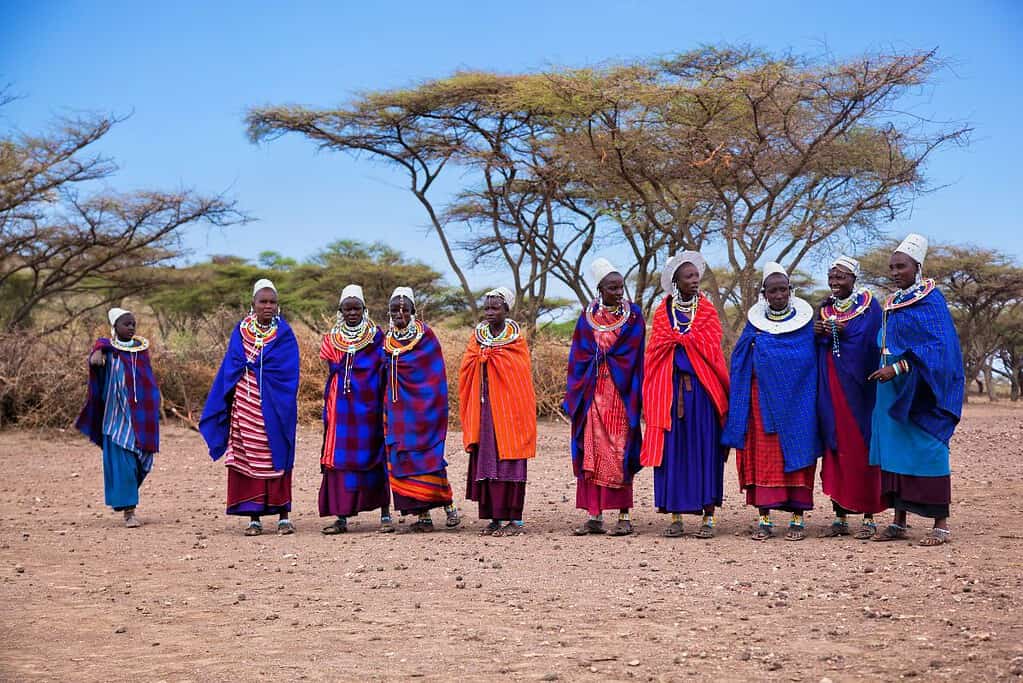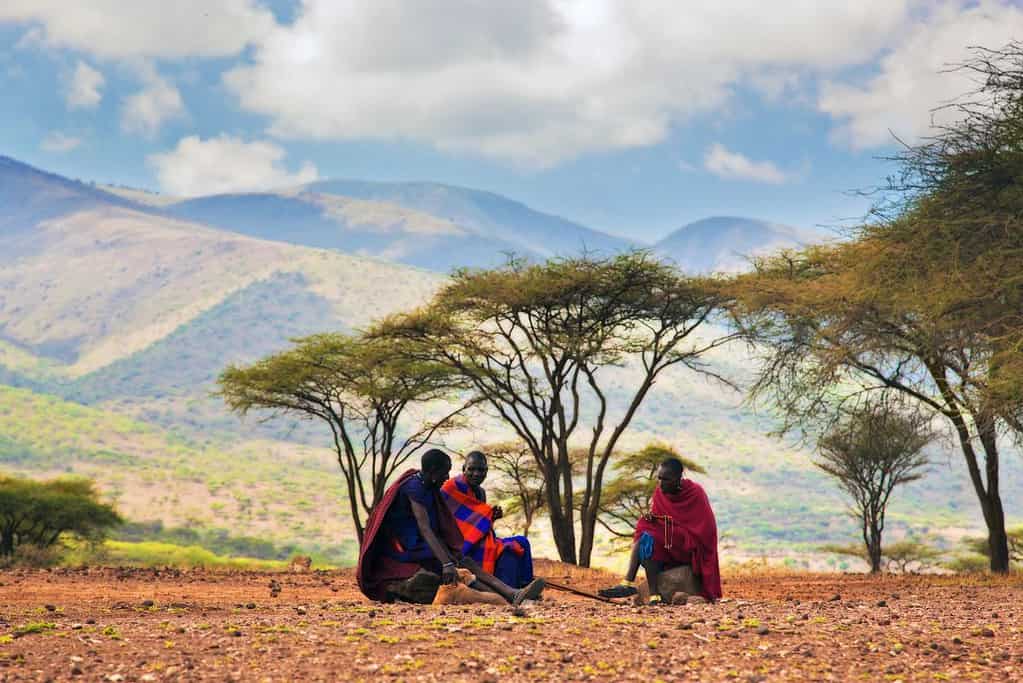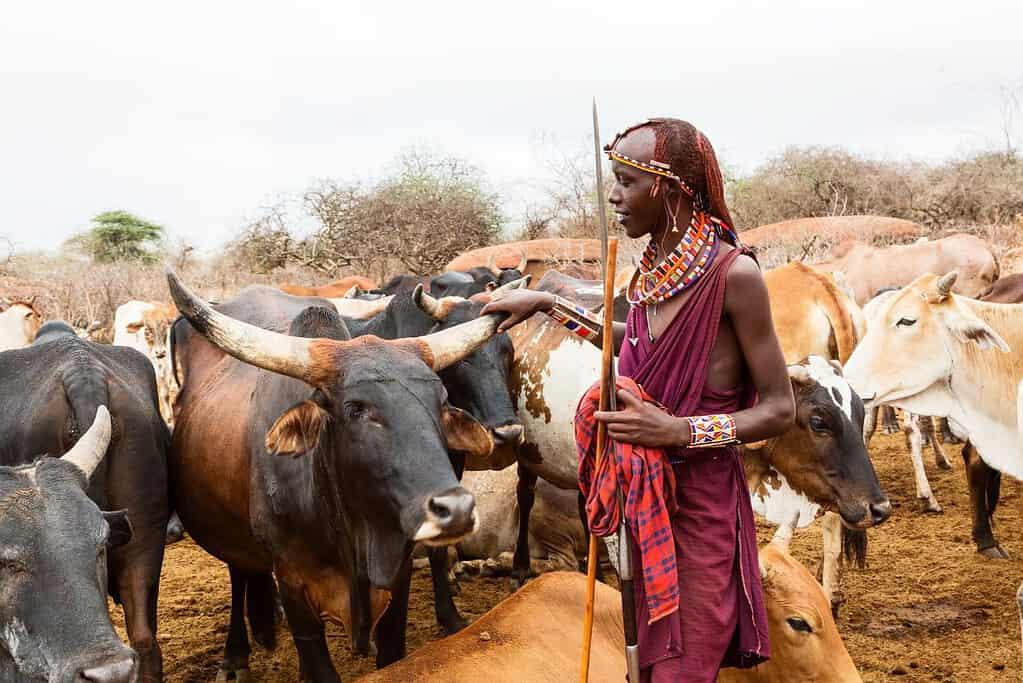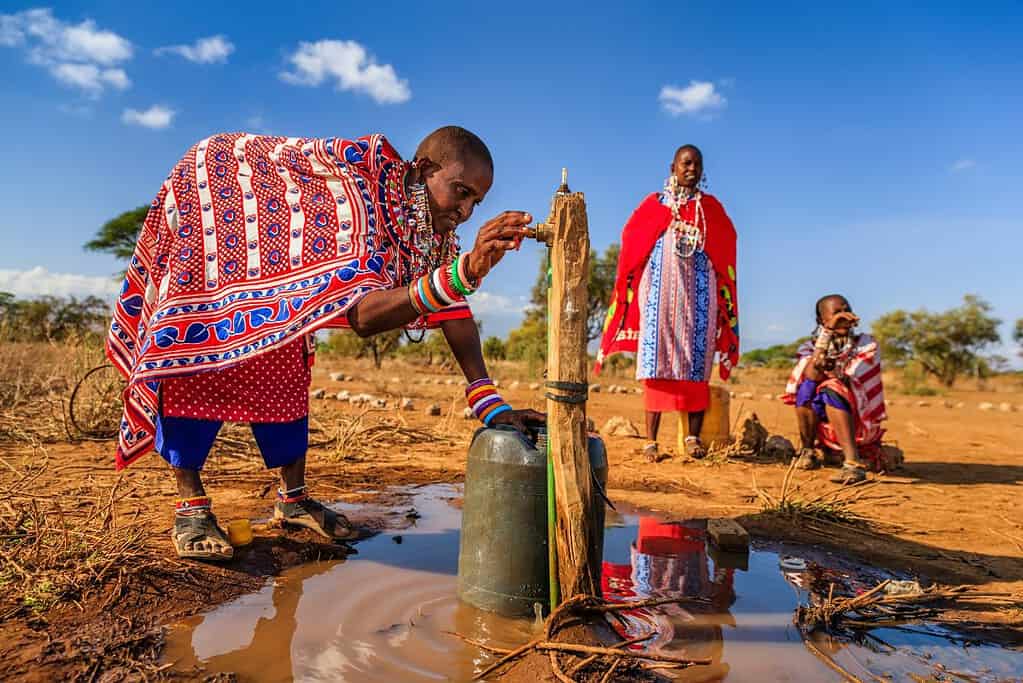Imagine stepping into a world that pulses with vibrant traditions and a way of life preserved across centuries. Visiting the Maasai tribes in Kenya offers not just a glimpse but a full immersion into a culture steeped in ritual, community, and a profound connection with nature. This article explores the heart of Maasai life, what to expect when you visit, how to do so respectfully, and why such an experience can change the way you view the world.
Table of Contents
The Maasai Legacy
The Maasai, known for their distinctive customs and attire, are among the best-known cultural symbols of tribal Africa. Traditionally semi-nomadic, the Maasai people live in the arid and semi-arid regions of Kenya and Tanzania, grazing their cattle and living in close harmony with the land.

Historical Context
The Maasai’s history is a testament to their resilience. Over centuries, they have battled to maintain their lands and way of life in the face of modernization and national development policies. Despite these challenges, they have preserved their culture through oral histories, ceremonies, and a strong communal ethos.
Cultural Practices
Key aspects of Maasai culture include their social structure, initiation rites, and music and dance. The community is patriarchal, with elder men making major decisions for each Maasai group. Initiation rites, such as the warrior initiation for young men—known as ‘Morans’—involve rigorous physical and mental preparation and culminate in elaborate ceremonies.
Experience the Maasai Way of Life
Visiting a Maasai village is a journey into the heart of their traditions. Many Maasai communities welcome tourists, providing them with an opportunity to learn first-hand about their way of life.

Village Tours
A typical village tour involves a welcome dance, a walk through the village to see their modest homes made of cow dung and mud, and a chance to interact with the villagers. Visitors might also see the Maasai’s famous jumping dance, a competitive and vigorous display of stamina and grace performed by the Moran.
Living with the Land
The Maasai’s sustainable living practices are profound. They live in a symbiotic relationship with the land, using indigenous knowledge to coexist with wildlife and the arid landscape. They are known for their natural remedies, using plants to cure ailments and for nutritional purposes.
Participating in Maasai Rituals
With permission, tourists can sometimes participate in or observe rituals and ceremonies, including dances, singing sessions, and, in rare instances, warrior initiations. These experiences are sensitive and should be approached with respect and awareness of their cultural significance.

A Note on Respectful Engagement
It’s crucial to interact with the Maasai respectfully:
- Always ask permission before taking photographs.
- Dress conservatively.
- Do not insist on participating in rituals unless explicitly invited.
The Impact of Tourism
Tourism has both positive and negative impacts on the Maasai communities. It brings necessary revenue, which can improve living conditions and provide access to education. However, it can also lead to cultural commodification if not managed sensitively.
Ethical Tourism Practices
Supporting ethical tourism practices involves choosing tour operators who respect local culture and contribute to the community:
- Ensure that a significant portion of the tour fees goes directly to the community.
- Consider community-based tourism, which is managed and operated by the community itself.
Personal Reflections
Visiting the Maasai can be a transformative experience. It’s a powerful reminder of the diversity of human life and the importance of preserving unique cultures in a rapidly globalizing world.

Conclusion
A visit to the Maasai tribes in Kenya isn’t just a vacation—it’s an immersive educational journey into a way of life that challenges and enriches our understanding of human resilience and cultural richness. By approaching with respect and curiosity, visitors can genuinely engage with the Maasai way of life, gaining insights and memories that last a lifetime.
Embarking on this cultural immersion will deepen your appreciation of how traditional societies have much to teach about community, sustainability, and living in harmony with nature.
